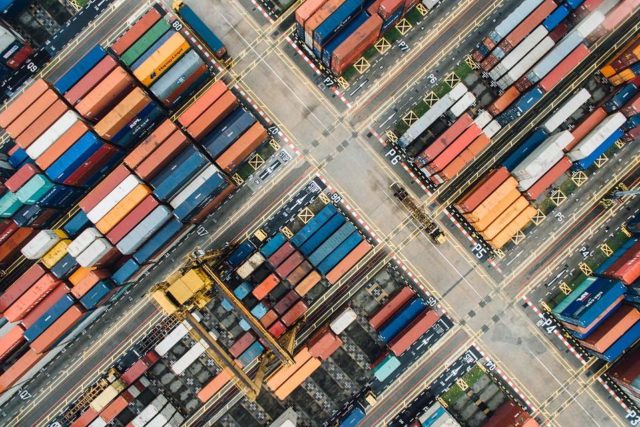China’s hike in tariffs on US imports and the continued trade tensions between the two countries will negatively affect liquefied natural gas (LNG) and port sectors, according to rating agency Moody’s.
On May 13, China announced an increase in retaliatory tariffs on USD 60 billion of imports from the US as part of the escalating trade dispute between the two countries.
The tariffs will jump to 20%-25%, effective June 1, from 5%-10% currently. These measures are in response to the increase in US tariffs on USD 200 billion of Chinese imports to a 25% rate on May 10 from 10% previously.
Moody’s said that one vulnerable US industry is the growing US LNG export sector. The tariffs could slow development of incremental LNG export facilities because any reluctance on the part of Chinese energy companies to contract with US exporters as a result of higher costs will reduce the number of global counterparties seeking additional US capacity.
In addition, the construction of an LNG export facility runs into the billions of dollars and, to date, lenders have been willing to lend only to facilities with long-term contractual arrangements. The tariffs’ effect on existing US terminals are lessened by the fact that exporters have already contracted their terminal capacity, and therefore, any effect will likely be limited to spot cargoes, as explained by the rating agency.
What is more, the tariff increase is credit negative for US ports because China is the US’ largest trading partner for waterborne trade outside of North America. The effect is largest for West Coast ports, including Seattle, Tacoma, Oakland, Los Angeles and Long Beach, given their high trade exposure to China. For these ports, China represents 40%-50% of two-way trade.
Further, for East Coast ports, a slowing of trade flows will also weaken revenue and the ability to recover costs from their large investment programs. Ports in Virginia, South Carolina, Georgia and Florida, and to a lesser extent on the Gulf Coast, have invested heavily in upgrading their facilities to process larger ships deployed through the expanded Panama Canal.
On the other hand, prolonged trade tensions between the US and China, including the latest round of tariffs, will reduce China’s container throughput growth, a credit negative for the country’s port operators, Moody’s said.
Specifically, China’s year-on-year container throughput growth will likely fall to zero or a low-single-digit percentage in the next 12-18 months. That is down from 4.7% year-on-year growth in 2018 and 8.3% growth in 2017, according to China’s National Bureau of Statistics and Ministry of Transport.
The recent tariffs are also said to be significant setbacks in the two countries’ trade negotiations.
“We expect US-China relations to remain contentious and trade negotiations to continue for a period even if the two countries reach a trade agreement. The continued tensions will result in a difficult operating environment for China’s port sector,” the rating agency noted.

Moreover, average price Chinese port operators charge shipping companies to handle their cargoes will likely decline further for three reasons — consolidation of the shipping sector, overcapacity
in the port sector, and regulation.
“We expect average port handling charges, measured by average revenue per twenty-foot equivalent (TEU), for the three port operators we rate in China will decline by a low-single-digit percentage during the next 12-18 months. In tandem with the very low expected growth in container throughput, this decline will reduce their total revenue and profit margins,” Moody’s added.
The three rated operators are China Merchants Port Holdings, Hutchison Port Holdings Trust and Shanghai International Port.
However, the rated port operators are expected to be able to weather challenges despite weakening credit quality.
“Lower throughput growth and port handling charges will reduce the three rated port operators’ profit and cash flow. But we expect their credit quality will remain consistent with their current rating levels given their large scale and strong market positions, and other mitigants including debt reduction and geographic diversification,” Moody’s concluded.
Moody’s believes that rising US-China trade tensions will continue for a prolonged period, following the recent tariff increase. The rating agency further said that the escalation of tensions also signals the increased possibility of additional restrictive trade and investment measures from both sides, including US tariffs on the remaining USD 325 billion of imports from China that are not currently targeted.







